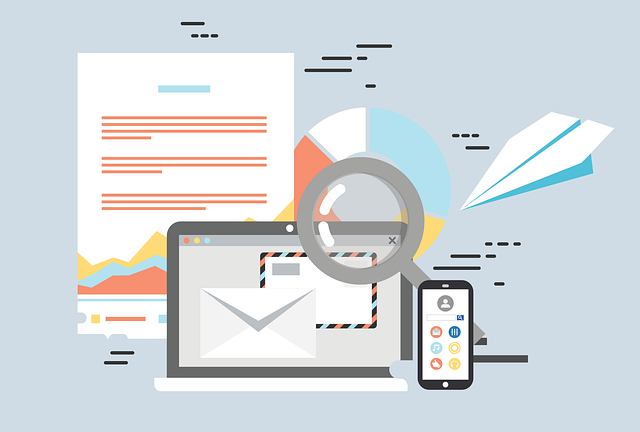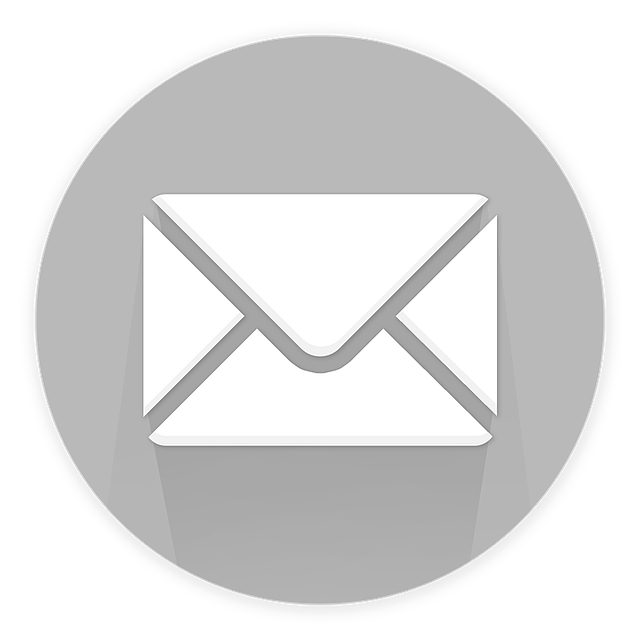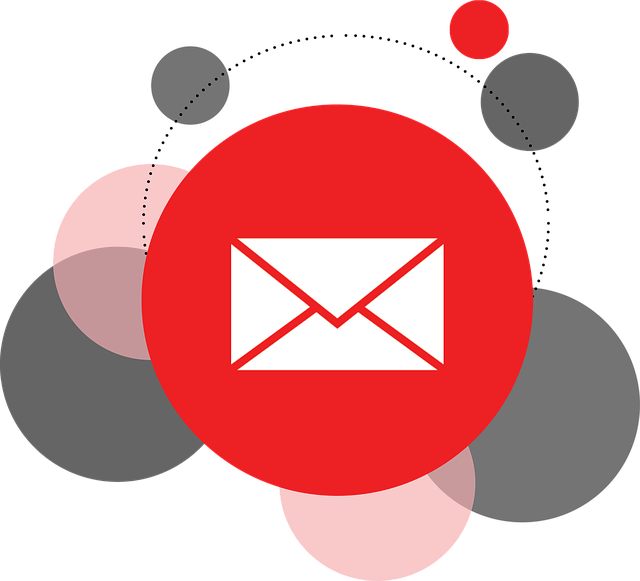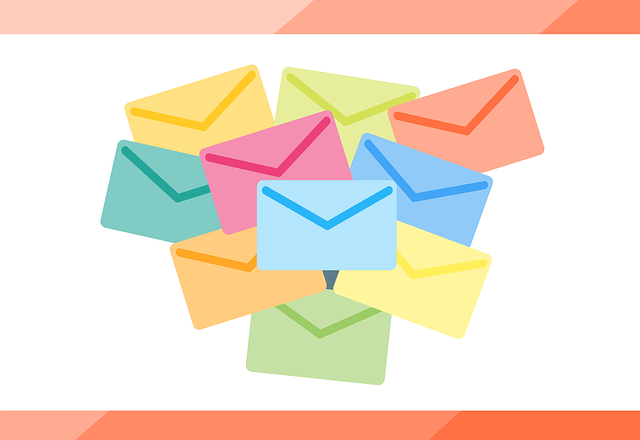Did you know that 73% of consumers prefer to receive promotional messages through email? Email marketing is not only a cost-effective strategy, but it also has the potential to yield high returns for startups. To ensure success, it’s important to implement the right strategies.
In this article, we will explore 10 essential email marketing strategies that can help your startup thrive.
-
Crafting compelling subject lines is crucial to grab the attention of your audience and increase open rates.
-
Segmenting your email lists allows you to send targeted messages that resonate with your recipients, driving engagement and conversions.
-
Personalizing your email content makes your subscribers feel valued and connected to your brand.
-
Providing valuable and relevant content strengthens your relationship with your audience and establishes your startup as a trusted source.
-
Optimizing your emails for mobile devices is vital in today’s mobile-first world, as a majority of people check their emails on smartphones.
-
Lastly, tracking and analyzing your email campaign performance helps you understand what’s working and what needs improvement.
By implementing these strategies, you can take your startup’s email marketing efforts to the next level and achieve success.
Key Takeaways
- Crafting compelling subject lines to increase open rates
- Segmenting email lists for targeted messaging
- Providing valuable and relevant content to establish trust
- Optimizing emails for mobile devices
Craft Compelling Subject Lines
Craft subject lines that grab attention and instantly transport you into a world of curiosity and excitement, like a captivating book cover that beckons you to dive in and discover what’s inside.
Subject line optimization is crucial in email marketing as it determines whether or not your emails will even be opened. A compelling subject line can make all the difference between success and failure.
Experiment with A/B testing to find the perfect formula that resonates with your audience. Test different subject lines, emojis, and personalization techniques to see what works best. Pay attention to open rates and click-through rates to gauge the effectiveness of each variation.
By crafting subject lines that captivate and engage, you can entice your readers to eagerly open your emails and explore what you have to offer.
Now, let’s delve into how to segment email lists for targeted messaging.
Segment Email Lists for Targeted Messaging
One effective way to ensure your emails hit the mark is by dividing your contact list into targeted segments. Customer segmentation allows you to group your audience based on specific criteria such as demographics, behavior, or purchasing history.
This targeted approach enables you to tailor your messaging to each segment’s unique needs and interests. By using email automation, you can easily send personalized content to different segments without the need for manual intervention. This not only saves time but also increases the relevance and effectiveness of your emails.
With customer segmentation and email automation, you can deliver highly targeted messages that resonate with your audience, resulting in higher open rates, click-through rates, and overall engagement. As you move into the next section about personalizing email content, remember that customization is key to capturing your audience’s attention.
Personalize Email Content
Tailoring your email content to suit the individual preferences and interests of your recipients will not only grab their attention, but also make them feel valued and understood. Personalization is key to increasing engagement and improving conversion rates in your email marketing campaigns.
By using data and insights about your subscribers, you can create targeted and relevant content that resonates with them. Start by addressing your recipients by their first name and customize the subject line to catch their eye. Use dynamic content to show different product recommendations or promotions based on their past purchases or browsing behavior.
Additionally, leverage segmentation to send personalized emails to specific groups with similar interests or demographics. By personalizing your email content, you can establish a deeper connection with your audience and increase the likelihood of conversions.
Now, let’s move on to the next section about providing valuable and relevant content.
Provide Valuable and Relevant Content
Make sure you’re delivering content that is valuable and relevant to your audience’s interests and needs. To capture their attention and keep them engaged, use engaging storytelling techniques that draw them into your message.
Tell stories that resonate with their experiences and emotions, creating a connection that goes beyond a simple sales pitch. By providing valuable content, you can establish yourself as an expert in your industry and build trust with your audience. This, in turn, can lead to customer loyalty and repeat business.
Remember to always consider what your audience wants to hear and how you can help them.
Now, as you move forward to optimize for mobile devices, keep in mind that your content should be easily accessible and visually appealing on smaller screens.
Optimize for Mobile Devices
Ensure your website is mobile-friendly and easily navigable so that users can access your content seamlessly on their smartphones or tablets. Mobile responsiveness is crucial in today’s digital landscape, where people are increasingly using their mobile devices to browse the internet.
By optimizing your email marketing strategy for mobile devices, you can enhance the user experience and increase engagement with your audience. Consider using responsive email templates that automatically adjust to different screen sizes, ensuring that your emails are easy to read and interact with on mobile devices.
Additionally, make sure your call-to-action buttons are easily clickable and your content is concise and visually appealing. By prioritizing mobile optimization, you can deliver a seamless experience to your subscribers and drive better results from your email campaigns.
As you focus on optimizing for mobile devices, it’s important to also track and analyze your email campaign performance to make data-driven decisions for future improvements.
Track and Analyze Email Campaign Performance
To improve the effectiveness of your email campaigns, start by tracking and analyzing their performance. By doing so, you can gain valuable insights into your audience’s behavior and preferences, ultimately increasing your open and click-through rates.
Did you know that emails with personalized subject lines have a 26% higher open rate than generic ones? This is just one example of how tracking and analyzing email campaign metrics can significantly impact your success.
By monitoring metrics such as open rates, click-through rates, and conversion rates, you can identify which email content resonates most with your audience. This allows you to refine your messaging and develop more targeted campaigns.
Additionally, A/B testing techniques can help you experiment with different elements, such as subject lines, call-to-action buttons, or email layouts. By comparing the performance of different versions, you can optimize your campaigns and maximize engagement.
Tracking and analyzing email campaign performance is crucial for startup success. It provides valuable insights, allows for strategic refinement, and enables you to make data-driven decisions that will ultimately improve your email marketing efforts.
Frequently Asked Questions
How can I effectively grow my email list for my startup?
To effectively grow your email list for your startup, focus on two main strategies: effective lead generation and email segmentation.
Use creative and persuasive strategies to attract potential subscribers and convert them into loyal customers. Offer valuable content or incentives in exchange for their email addresses.
Make sure to segment your list based on their interests and preferences. This will allow you to send targeted and personalized emails, increasing engagement and driving conversions.
Don’t underestimate the power of a well-crafted email list; it can be a game-changer for your startup’s success.
What are some best practices for writing engaging email copy?
Want to write email copy that captivates your audience? Start by unleashing the power of figurative language. Paint vivid pictures with your words to grab their attention from the get-go.
Next, master the art of copywriting techniques. Craft compelling subject lines that entice recipients to open your emails. Be creative, persuasive, and strategic with your writing style.
By incorporating these practices, you’ll create engaging email copy that drives results for your startup.
How often should I send emails to my subscribers?
To optimize subscriber engagement, it’s crucial to strike the right balance with email frequency. Bombarding your subscribers with daily emails may lead to annoyance and unsubscribes. On the other hand, sending emails too infrequently might cause your audience to forget about you.
Tailor your email frequency to your audience’s preferences and the goals of your campaign. Experiment and analyze the open and click-through rates to find the sweet spot that keeps your subscribers engaged and eager for more.
How can I ensure my emails don’t end up in the spam folder?
To ensure your emails don’t end up in the spam folder, follow these essential tips for improving email deliverability.
First, optimize your email subject lines by keeping them concise and engaging. Avoid using spam trigger words and excessive punctuation.
Second, regularly clean your email list and remove inactive or unengaged subscribers.
Lastly, personalize your emails and ensure your content is relevant and valuable to your subscribers.
Remember, "An ounce of prevention is worth a pound of cure."
Are there any legal considerations I need to be aware of when conducting email marketing for my startup?
To ensure legal compliance when conducting email marketing for your startup, it’s crucial to be aware of certain legal requirements. One important consideration is GDPR compliance. The General Data Protection Regulation (GDPR) sets guidelines for collecting and processing personal data of individuals in the European Union. By understanding and adhering to these regulations, you can protect your customers’ data and avoid hefty fines.
Another key aspect is prioritizing building trust with your audience. This can be achieved by being transparent, obtaining consent, and providing easy opt-out options.
Conclusion
Congratulations on reaching the end of this article! By now, you’ve gained valuable insights into the essential email marketing strategies for startup success.
Just like a skilled chef expertly combines various ingredients to create a delectable dish, these strategies are the key ingredients to cook up a successful email marketing campaign.
From crafting compelling subject lines that tantalize your audience’s taste buds to providing valuable and relevant content that leaves them craving for more, each strategy plays a vital role in satisfying your customers’ appetite for engaging emails.
So go ahead, put these strategies into action, and watch your startup rise to the top of the email marketing menu!









